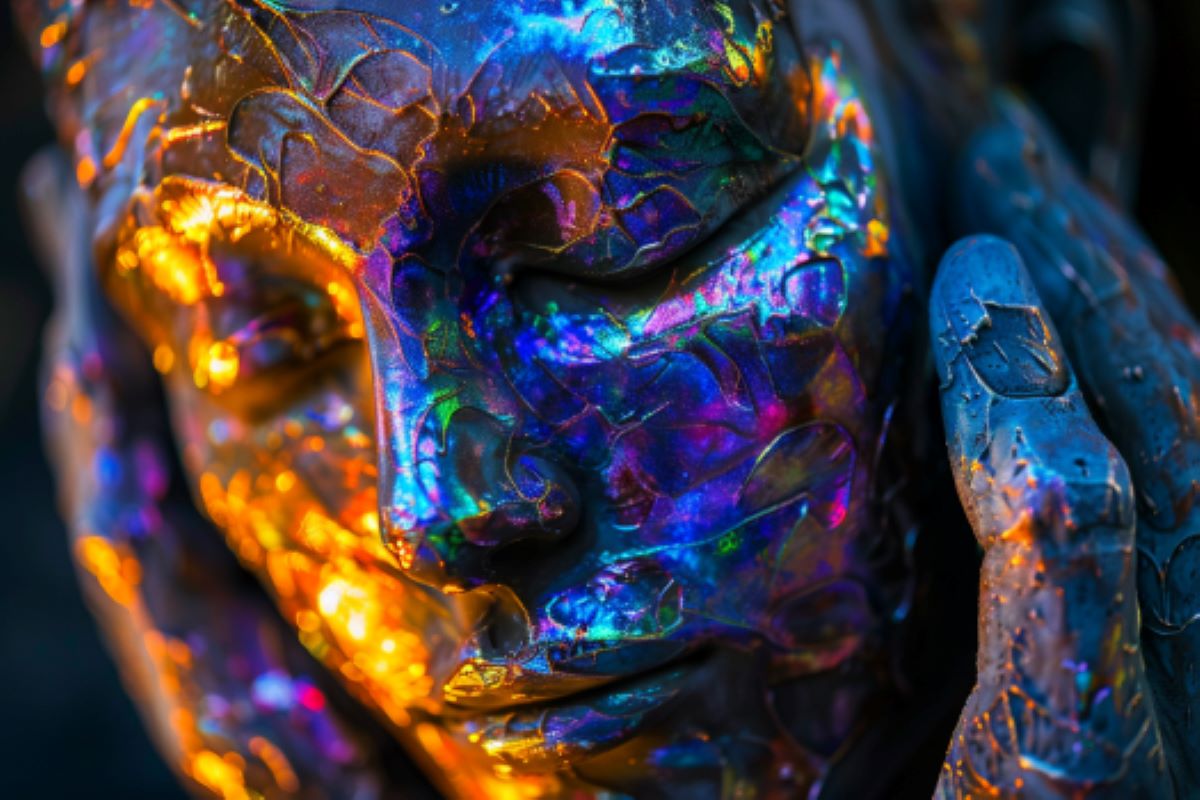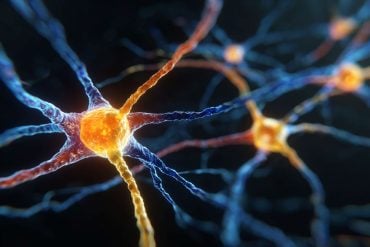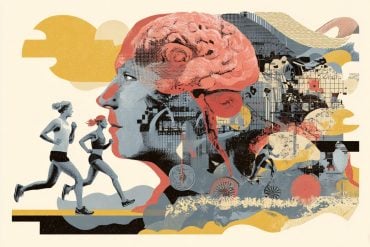Summary: A new study finds that altered states of consciousness (ASCs), like those experienced during meditation, are more common than previously thought. 45% of respondents reported experiencing ASCs at least once, often leading to positive outcomes.
However, a significant minority also reported negative or even life-threatening suffering, highlighting the need for better support and understanding of these experiences.
Key Facts:
- 45% of respondents reported experiencing non-pharmacologically induced ASCs.
- ASCs are associated with both positive and negative well-being outcomes.
- Many who experience negative outcomes do not seek help.
Source: Mass General
Yoga, mindfulness, meditation, breathwork, and other practices are gaining in popularity due to their potential to improve health and well-being. The effects of these practices are mostly positive and occasionally transformational, yet they are known to sometimes be associated with challenging altered states of consciousness.
New research by a team including investigators from Massachusetts General Hospital, a founding member of the Mass General Brigham healthcare system, reveals that altered states of consciousness associated with meditation practice are far more common than expected.

Although many people reported positive outcomes, that were sometimes even considered transformational, from these experiences, for a substantial minority the experiences were negative. The results are published in the journal Mindfulness.
“With more people engaging in mindfulness, meditation, and other contemplative and mind-body practices, we thought that altered states and their effects might be common among the general population.
” We conducted a series of international surveys to investigate and indeed found that such experiences were widespread,” said senior author Matthew D. Sacchet, PhD, the director of the Meditation Research Program at Massachusetts General Hospital and an associate professor of Psychiatry at Harvard Medical School.
“Altered states were most often followed by positive, and sometimes even transformational effects on wellbeing,” Sacchet adds.” With that said negative effects on well-being were also reported in some cases, with a small subset of individuals reporting substantial suffering.”
For the study, a panel of experts in psychiatry, neuroscience, meditation, and survey design developed a questionnaire on the experience of altered states of consciousness.
Among 3,135 adults in the US and the UK who completed the online questionnaire, 45% reported experiencing non-pharmacologically induced altered states of consciousness at least once in their lives.
This is far more than expected from the 5% (US) to 15% (UK) of these population estimated to have undertaken mindfulness practice.
The experiences included derealization (the feeling of being detached from your environment), unitive experiences (a sense of unity or “oneness”), ecstatic thrills, vivid perceptions, changes in perceived size, bodily heat or electricity, out-of-body experiences, and perception of non-physical lights.
Respondents reported a mix of positive and negative well-being following altered states, with 13% claiming moderate or greater suffering and 1.1% claiming life-threatening suffering. Of those who experienced suffering, 63% did not seek help.
“Rather than being extremely unusual and rare, our study found that altered states of consciousness are a common variant of normal human experience,” said Sacchet.
“However, we’ve found that those who experience negative outcomes related to these altered states often do not seek help, and that clinicians are poorly prepared to recognize or support these kinds of experiences.
“This has contributed to what might be considered a public health issue as a certain proportion of people have difficulty integrating their experiences of altered states into their existing conceptions of self and reality.”
Sacchet noted that additional studies are needed to identify individual characteristics associated with experiencing altered states of consciousness, and with potential suffering associated with these states. He also stressed the importance of applying this research to patient care.
“We should not dismiss meditation and other practices as inherently dangerous but rather we need to better understand and support meditators to fully realize the potential of these practices,” he said.
“Similar to psychotherapy, pharmacology, and other therapeutic tools it’s important that we learn to best implement and support people when engaging with these powerful practices.”
He added that “ancient meditation manuals from the wisdom traditions may be useful for classifying and understanding altered states of consciousness. They may provide guidance into how to better manage altered states when they may be difficult. We clearly need more research to further study and understand this possibility.”
“Clinical curriculum on altered states of consciousness should be developed to better support clinicians caring for patients experiencing suffering linked to these kinds of experiences,” Sacchet added.
“Also, those who teach meditation practices should ensure that participants are aware of potential risk,” he said.
“Together, these kinds of safeguards will help to ensure that these very promising and powerful practices are taught and experienced safely.”
About this consciousness research news
Author: Noah Brown
Source: Mass General
Contact: Noah Brown – Mass General
Image: The image is credited to Neuroscience News
Original Research: Open access.
“Altered States of Consciousness are Prevalent and Insufficiently Supported Clinically: A Population Survey” by Matthew D. Sacchet et al. Mindfulness
Abstract
Altered States of Consciousness are Prevalent and Insufficiently Supported Clinically: A Population Survey
Objectives
Adoption of potentially consciousness-altering practices may be leading to a rise in emergent phenomena (EP): sudden unusual mental or somatic experiences often interpreted as spiritual, mystical, energetic, or magical in nature. It is unclear how frequently these altered states of consciousness occur and what the clinical implications may be.
Anecdotal accounts and prior literature suggest that EP may be common, under-reported, and followed by either positive or negative changes to well-being. We sought to supplement prior evidence on the prevalence and effects of EP among general populations with large-scale quantitative measurements.
Method
We measured the prevalence of EP, while not on mind-altering substances, through completion of online surveys by representative samples from three international communities (n = 3135). The communities sampled were UK Qualtrics online panelists, US-based MTurk workers, and the readers of a popular rationalist blog. Samples were broadly representative of underlying populations.
Results
Forty-five percent of participants reported experiencing non-pharmacologically induced EP at least once in their lives, including derealization (17%), unitive experiences (15%), ecstatic thrills (15%), vivid perceptions (11%), changes in perceived size (10%), bodily heat or electricity (9%), out-of-body experiences (8%), and perception of non-physical lights (5%). Respondents reported a mix of positive and negative well-being outcomes following EP, with 13% claiming moderate or greater suffering and 1.1% claiming life-threatening suffering. Of those who experienced suffering, 63% did not seek help.
Conclusions
EP are widespread among the studied populations with potential for both positive and negative outcomes, the latter of which do not appear to be adequately addressed through recourse to clinical practice.







